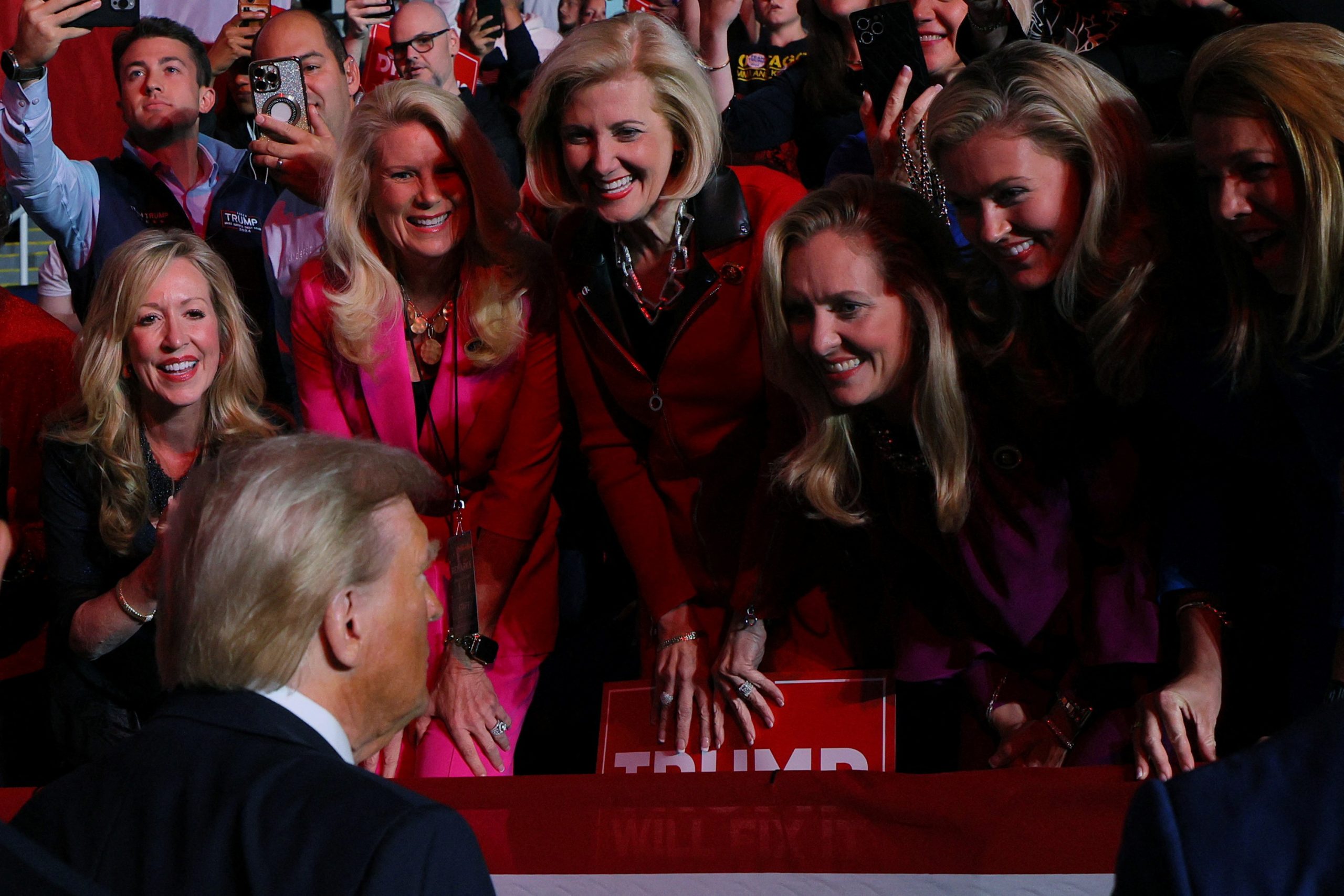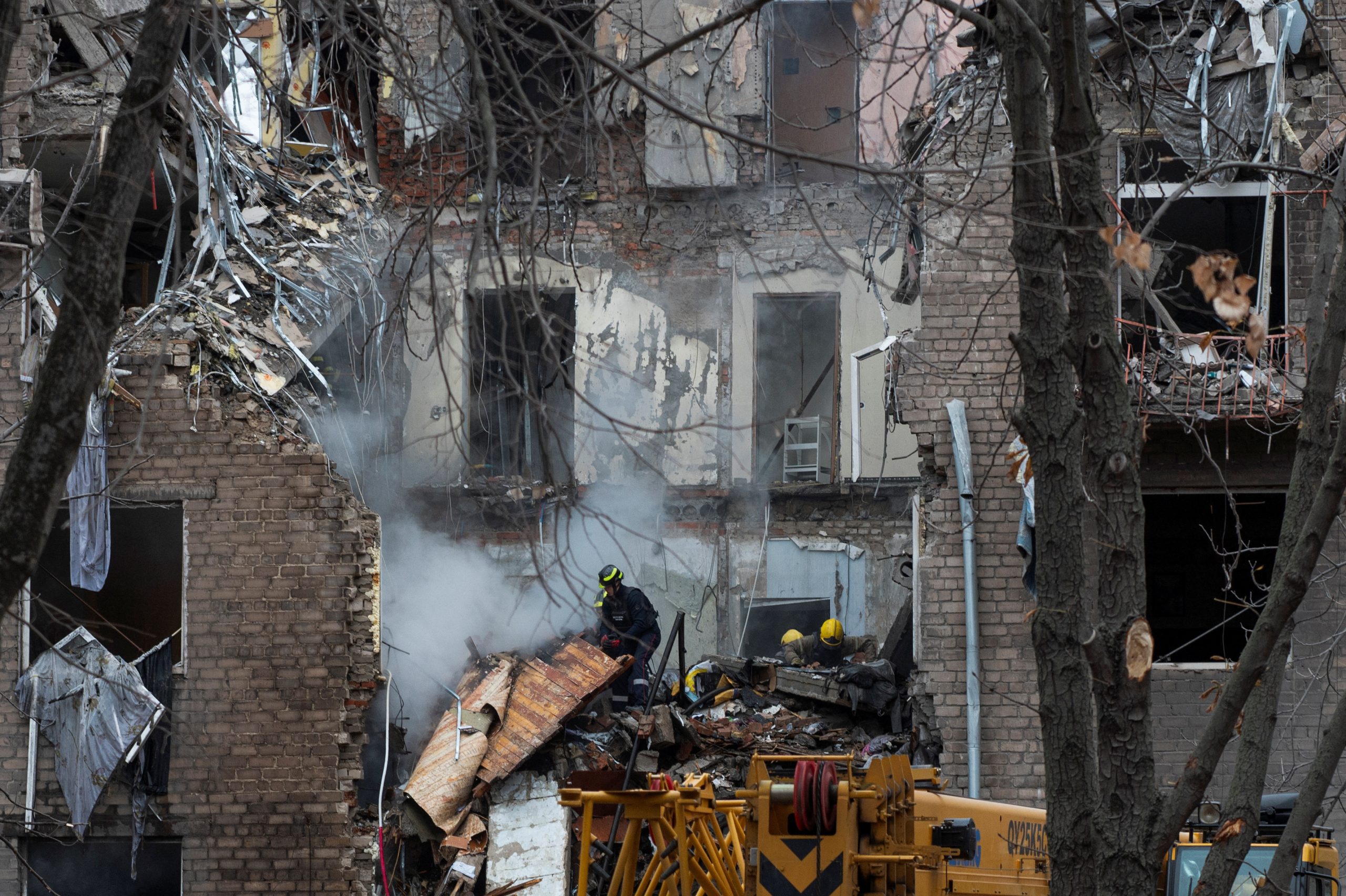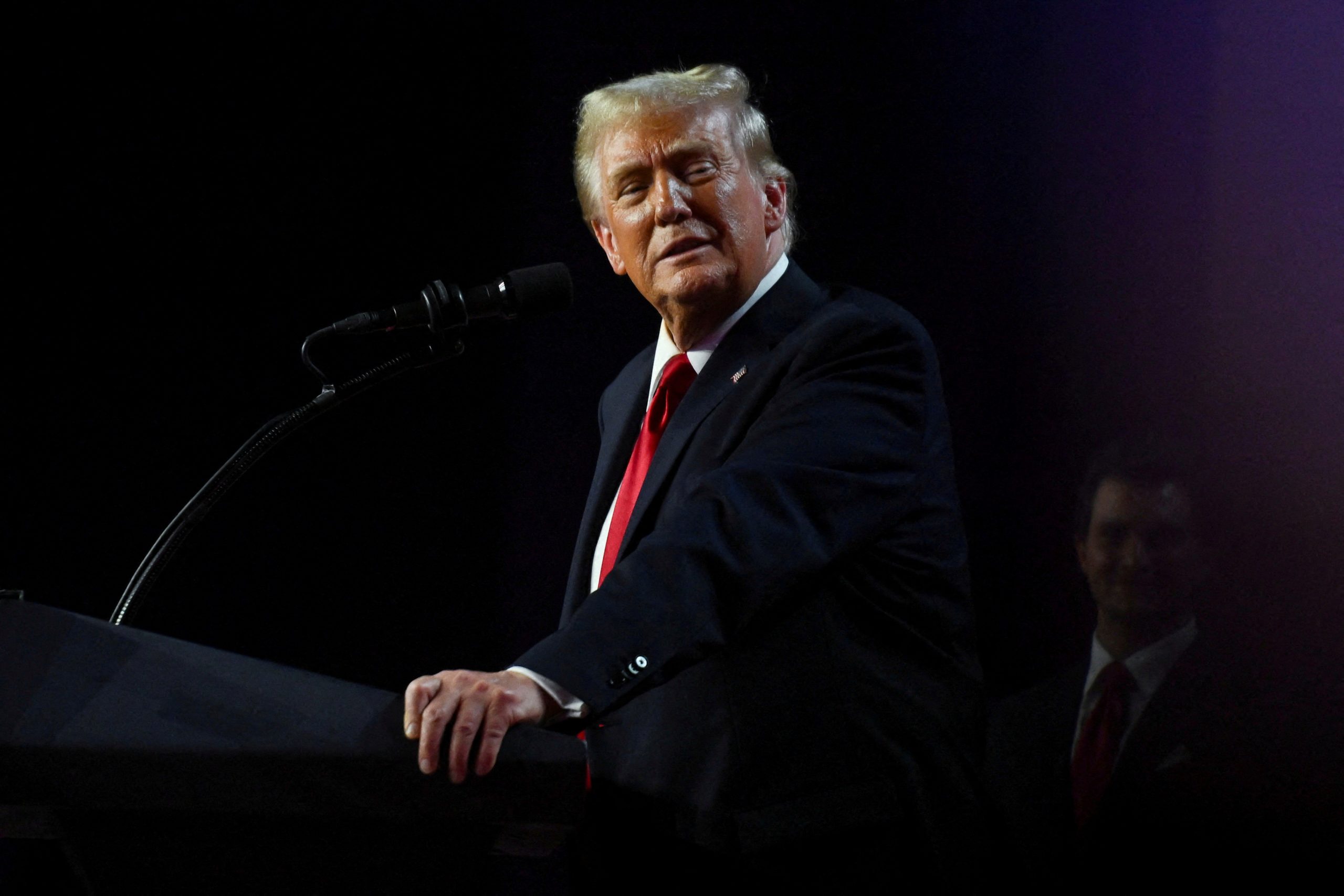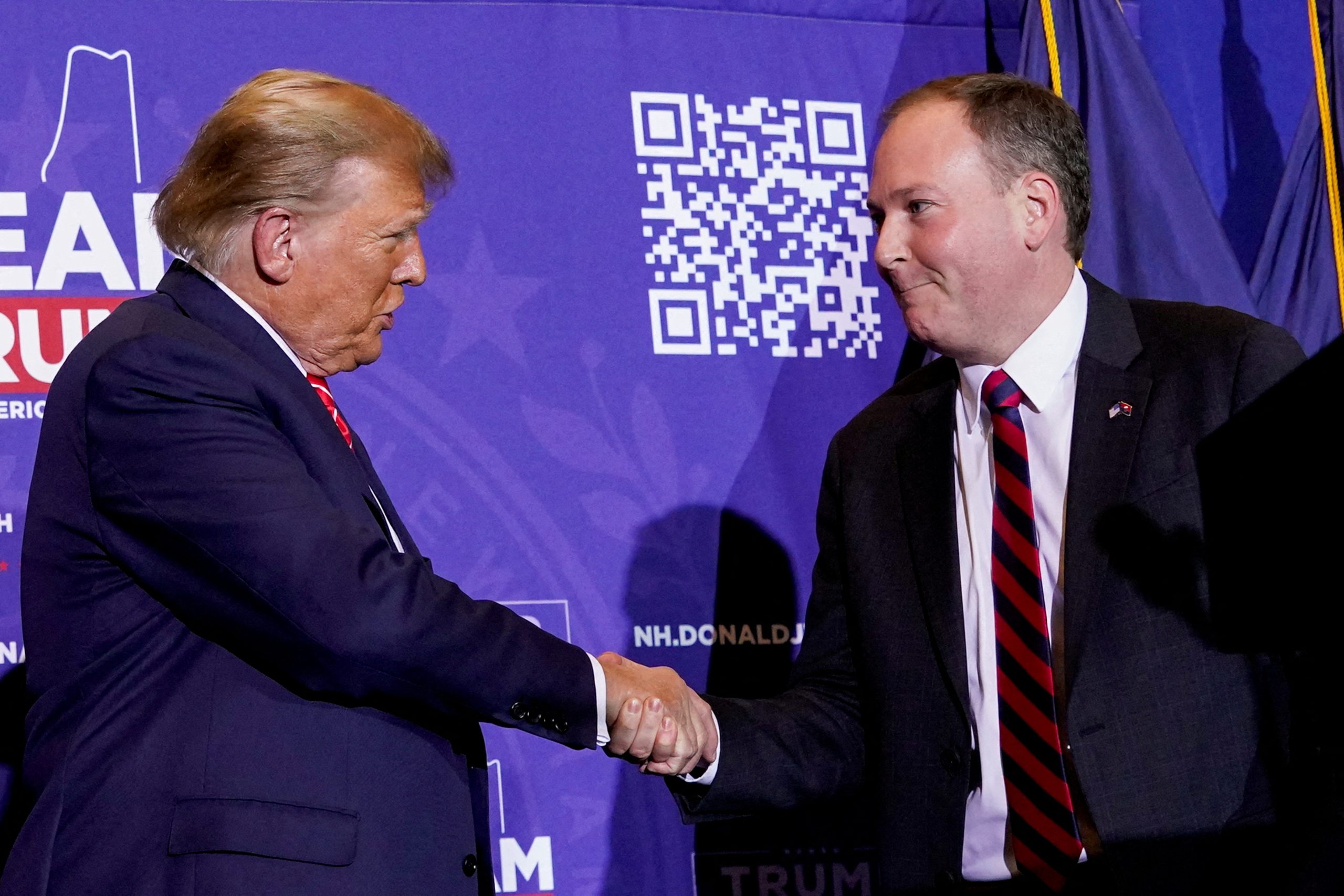In a revelation that has sent shockwaves through the international community, recent intelligence sources have exposed a clandestine partnership between Russia and China, aimed at developing advanced, long-range attack drones for the Ukraine battlefield. Known as the “Garpiya-3” or “G3,” this cutting-edge drone project is a joint venture between Russian defense firm IEMZ Kupol, a subsidiary of the state-owned Almaz-Antey, and a team of Chinese specialists, working in secrecy at a newly established research and production center in Kashgar, Xinjiang.
According to insiders, this covert operation is designed to provide Russia with a critical advantage in Ukraine by supplying long-range, high-performance drones capable of evading detection and delivering strategic strikes. The collaboration with Chinese companies allows Russia to bypass strict international sanctions and gain access to vital technology, materials, and production facilities. For Moscow, this partnership is a lifeline, bolstering its defense against a highly equipped Ukrainian army. For Beijing, it signals a bold and risky move that may test the limits of its declared neutrality.
The West’s Growing Alarm: A Diplomatic Crisis in the Making
The news has ignited intense concern from Western powers, with the European Union and the United States issuing strong warnings. The EU, in a rare direct appeal, has urged China to investigate and halt any involvement in Russia’s drone production, stressing that this covert cooperation could strain China’s diplomatic relationships with Europe and risk violating sanctions.
In the U.S., the Biden administration has signaled it won’t stand idle. The White House has raised the possibility of imposing new sanctions on any Chinese firms linked to the project and even considering targeting financial institutions facilitating transactions with Russia’s defense sector. “This is a red line for us,” a senior U.S. official reportedly stated, underscoring Washington’s readiness to escalate the issue if needed. By aligning with Russia on such a strategic defense project, China may be pushing its relationship with Western countries into a high-stakes confrontation.
A New Phase in Russia-China Relations?
Analysts suggest this covert alliance marks a new phase in Russia-China relations, one that signals a deeper, more strategic alignment against Western influence. This collaboration on drone warfare could have lasting impacts beyond Ukraine, positioning Russia and China as united players in a more multipolar world order. The “Garpiya-3” project could represent just the beginning of more ambitious joint military ventures between these two powers, reshaping global security dynamics.
Beijing’s willingness to cooperate on such a sensitive project could signal a calculated shift in its foreign policy, showing that it is prepared to deepen ties with Moscow even at the risk of economic and diplomatic backlash from the West. The timing is significant, as both Russia and China have recently ramped up rhetoric against Western sanctions and have taken steps to strengthen their own economic and military resilience.
The Stakes: A Tipping Point in Global Power Dynamics?
The implications of this secretive drone collaboration extend far beyond Ukraine. If allowed to proceed, this partnership could set a precedent, encouraging other nations under Western sanctions to seek out similar covert alliances. Moreover, with China’s involvement, the conflict in Ukraine takes on new international dimensions, with Beijing indirectly becoming a stakeholder in the outcome. This not only complicates the West’s response to the conflict but also signals a potential tipping point in global power dynamics, where traditional alliances may be challenged by unconventional partnerships.
For China, aligning itself so closely with Russia in the defense sector could invite a diplomatic showdown with the U.S. and its allies. If the West decides to retaliate economically, China’s tech and manufacturing sectors could face targeted sanctions, potentially impacting global supply chains. Such a scenario could push China further toward Russia and other sanctioned states, leading to the creation of a bloc more resistant to Western pressure. This move risks isolating China from the global economy, but it also signals its willingness to stand with Russia and redefine the lines of global power.
The World Watches: An Escalating Geopolitical Chess Game
As the West scrambles to respond, the world is watching closely. For the U.S. and its allies, this secret drone project could represent a turning point, forcing them to adopt tougher stances not only on Russia but also on China. Should they move forward with sanctions or other measures, it could trigger a spiral of retaliation, pushing the globe into a deeper state of geopolitical polarization.
At stake is more than just the balance of power in Ukraine; it’s a reconfiguration of global alliances, with Russia and China potentially standing as leaders of an anti-Western bloc. As these developments unfold, leaders across the world are facing a pivotal choice: to stand with the current order or risk provoking the rise of a new alliance that may challenge the West’s influence. The “Garpiya-3” project is more than just a drone initiative – it’s a bellwether for the future of international relations in an increasingly divided world.















